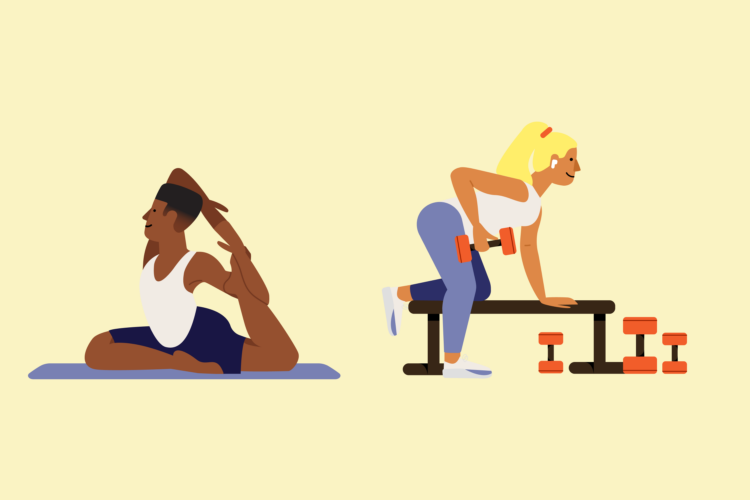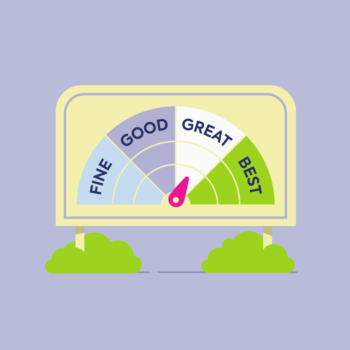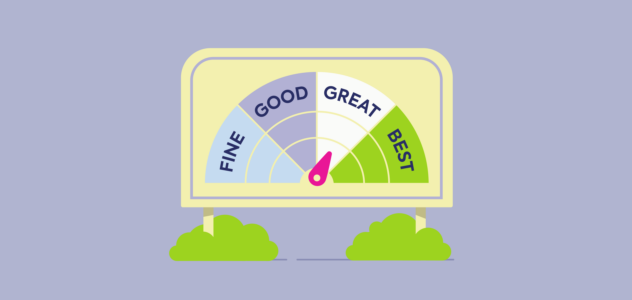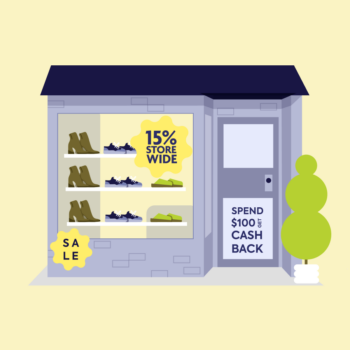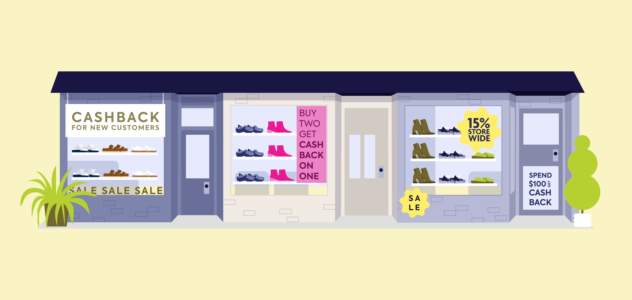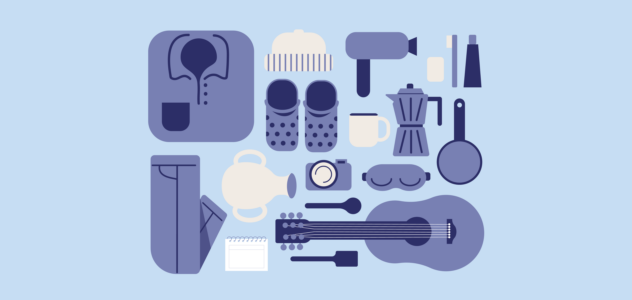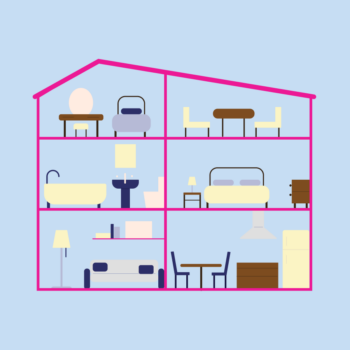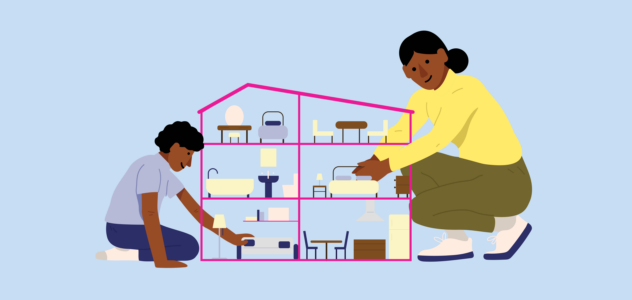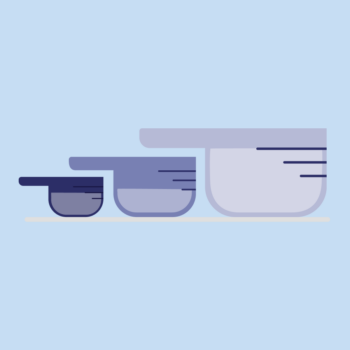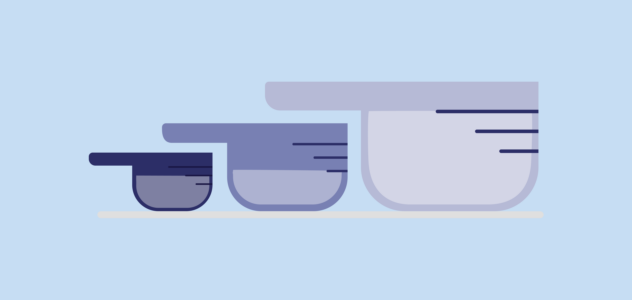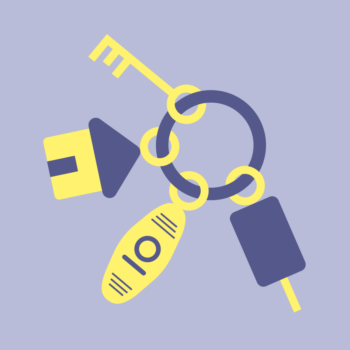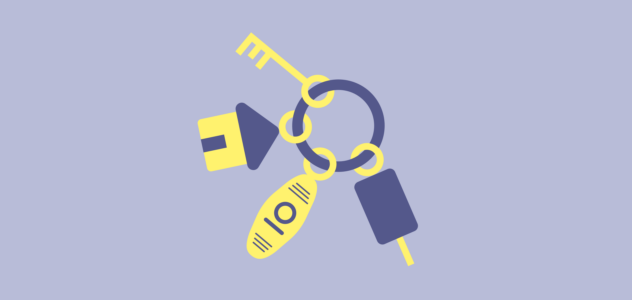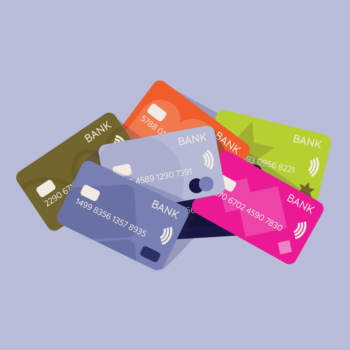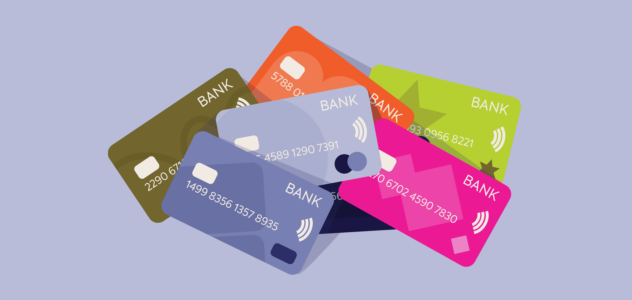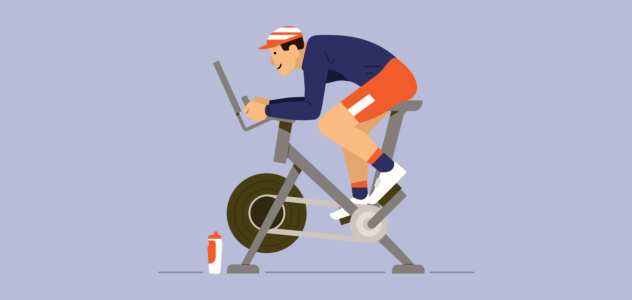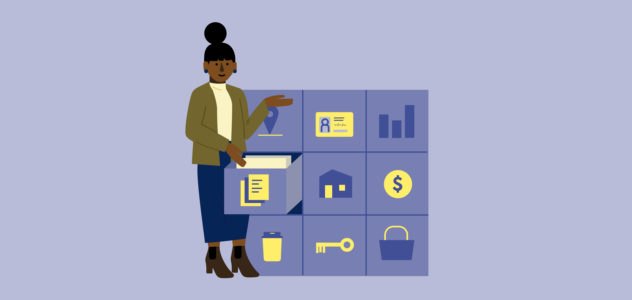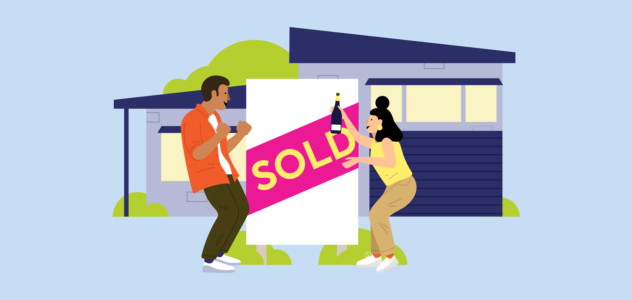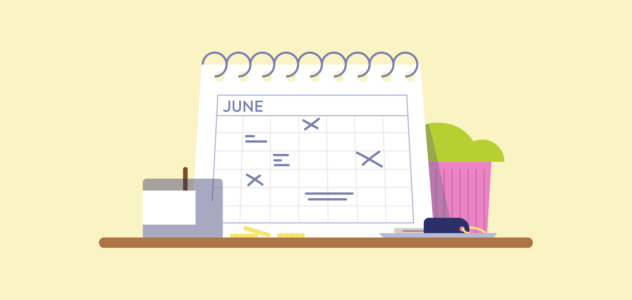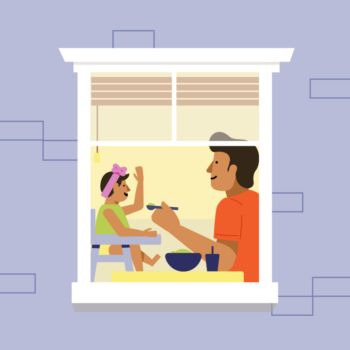Truth bomb: offset accounts and redraw facilities aren’t the same thing.
Yes, they’re both great tools to help you manage your money. And yes, they can both also help you save on interest, access your funds when you need to, and pay down your home loan faster (which is rather handy).
Buuut there are some key differences in the ways that they work.
So, let’s look at…
- What is an offset account?
- What is a redraw facility?
- What’s the difference between offset and redraw?
- And how do you choose what’s right for you?
What’s the difference between an offset account and a redraw facility?
An offset account works like an everyday bank account where you can easily withdraw and deposit money (only it’s attached to your home loan). On the other hand, a redraw facility is an extra feature on your home loan that allows you access to extra repayments you’ve made. Both can help you save on interest.
Pros and cons of an offset account
Fun fact: an offset account is pretty much an Australian thing. As far as we know, it doesn’t exist anywhere else in the world except for the UK.
You can typically withdraw, deposit and even get paid into your offset account. Then, when a bank calculates interest charges (typically on a daily basis), it takes into account ALL the money you have in your offset account. This ultimately means they minus your offset account balance from your home loan balance before working out your interest charge.
Pros
Savings
Over the life of your loan, the interest savings could add up to thousands. Every day you have money in your offset account will save you money.
Flexibility
Money in your offset account is available for you to use, operating just like an everyday transaction account. Access your funds at any time, at no cost.
Pay down your loan faster
Reducing the interest you pay over the life of your loan means you’ll be chipping away at more of your principal balance. And ultimately? You’ll pay down your loan, faster.
Cons
Can come with a higher interest rate
Most awesome things come with a cost (except Finspo of course). Having an offset account attached to your home loan could mean you pay a higher interest rate. Yes, you can still save thousands with an offset account, but it’s important you actually use it properly to make it worth your while (a home loan expert can help you with that).
Only available on some home loans
Not all home loans have the option of an offset account (many fixed rate loans don’t).
Can be a little tricky to weigh up
It can be tricky deciding whether an offset account is right for you. But you’re not alone. If in doubt, chat with a great mortgage broker (or home loan experts as we like to call them) who will weigh up your situation with you.
Pros and cons of a redraw facility
With a redraw facility, you can make and access extra repayments (on top of your regular repayments). As the name suggests, you can “redraw” your extra repayments from your home loan if you need to.
Pros
Savings
Making extra repayments means you’re lowering the interest you pay over the life of your loan. This could add up to thousands. Booyah.
Widely available
Redraw facilities are available on a lot of home loans. If in doubt, ask your broker.
Normally free
In most cases, there are no extra fees to add a redraw facility onto your home loan.
Pay down your loan faster
Reducing the interest you pay over the life of your loan means you’ll be chipping away at more of your principal balance. And ultimately? You can pay down your loan, faster.
Easy to set up
A redraw facility is *almost always* automatically set up with your home loan. So it requires minimal effort from you.
Cons
Not as flexible
A redraw facility Isn’t as flexible as an offset account. There are often rules surrounding it, like limits to repayments and how much you can redraw at any one time.
Funds aren’t as accessible
Unlike an offset account that works like an everyday transaction account, the funds in a redraw facility might take a few extra steps to access.
Can come with rules and limits
Some lenders place restrictions on how much or how often you can redraw. It’s worth understanding before choosing what’s best for you.
Offset vs redraw, how do they stack up?
| Offset account | Redraw facility | |
| What is it? | A bank account that’s linked to your home loan | An extra feature on your home loan that allows you to access the money you’ve already contributed to your mortgage |
| Accessing funds | Use it like an everyday account — withdraw, deposit and get paid into your offset account | Transfer to your account on request |
| Availability | Available on most variable rate home loans (a lot of fixed rate home loans don’t have an option for offset accounts) | Rarely available on fixed rate loans |
| Access | Unlimited access to your funds | Restricted access to your funds |
| Flexibility | Flexible | Not as flexible |
| Fees | Can involve fees or higher interest rates | Normally free |
| Set up | Easy to set up | Easy to set up |
Offset account vs redraw — what’s best for you?
They’re both great options. So it’s not really a question of which one is better, but which one is better for *you.*
But, we know you’re looking for a more definite answer, so here we go…
An offset account could be for you if…
- You already have a reasonable amount of savings
- You consistently have additional cash flow available each month after making your loan repayments and other expenses
- You prefer to have instant access to the money in your account
A redraw facility could be for you if…
- You don’t think you’ll need day to day access to the additional funds, but you like knowing it’s there in case you need to fork out cash fast (like a car breakdown or unexpected expense).
- You are just interested in getting the lowest possible interest rate
Finally, if an offset account and redraw facility come with the same interest rates and fees, there’s a fairly good chance the offset account will offer more value over the long term. So it’s important to weigh up interest rates and fees to see which one is more worth your while (we’ve got you).
Chat with one of our home loan experts today who will weigh up your situation and present your options. Simple.
